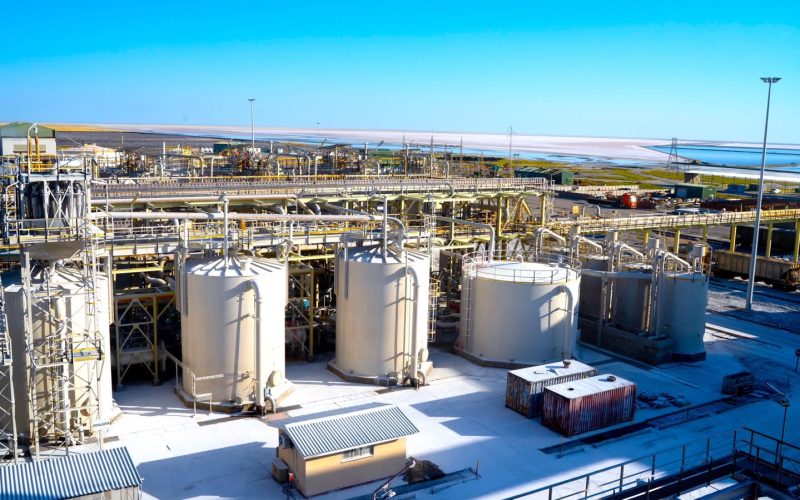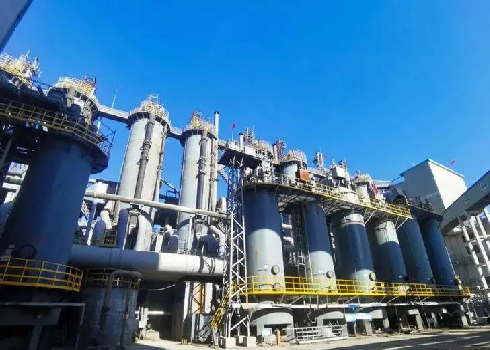The Green Choice: Uncovering the Carbon Footprint and Circular Economy Value of Sodium Sulfate Anhydrous
In today’s industrial landscape, evaluating Sodium Sulfate Anhydrous (SSA) requires looking beyond conventional metrics. Leading organizations now recognize that sustainable procurement decisions must balance economic factors with environmental responsibility. Each SSA sourcing choice represents a strategic decision between maintaining traditional, resource-intensive supply chains or embracing circular economy solutions that deliver both operational and environmental benefits.
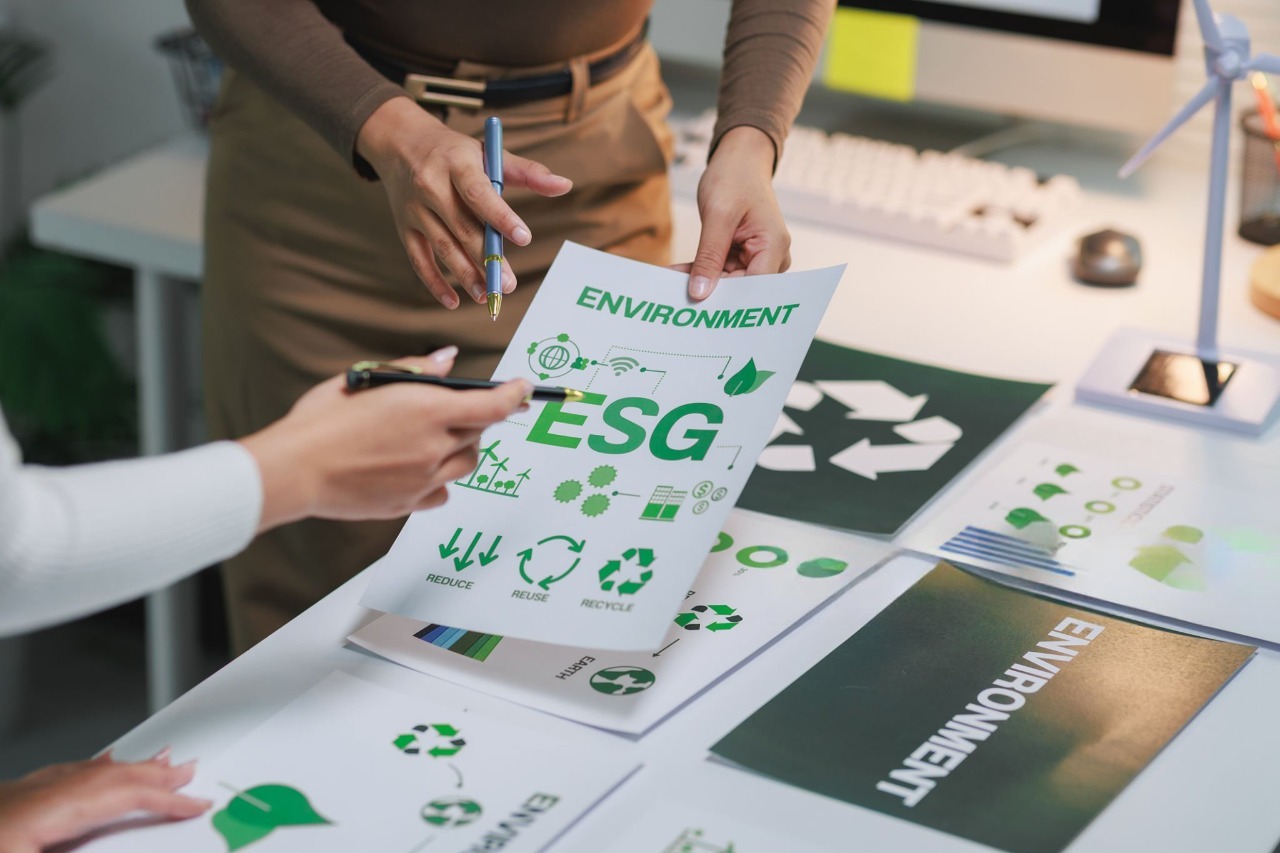
Carbon Footprint Analysis: Production Methods Compared
The environmental impact of SSA varies significantly based on production methodology. The conventional Mannheim Process relies on the reaction between sulfuric acid and sodium chloride, requiring high-temperature operations that generate substantial Scope 1 carbon emissions. This energy-intensive approach, dependent on virgin raw materials, creates a considerable carbon footprint throughout the product lifecycle.
In contrast, the By-Product Recovery Process represents an innovative alternative. This method recovers and purifies sodium sulfate from industrial waste streams, transforming potential environmental liabilities into valuable products. The core principle is sophisticated upcycling—converting waste into resources while significantly reducing environmental impact.
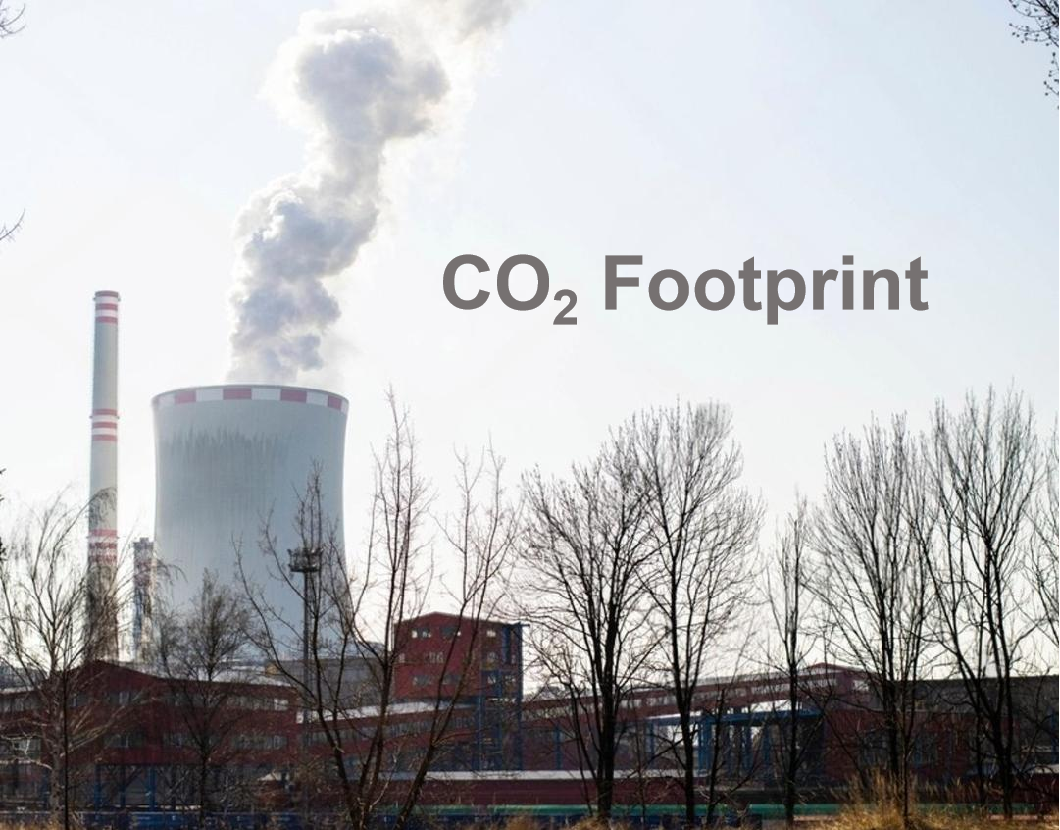
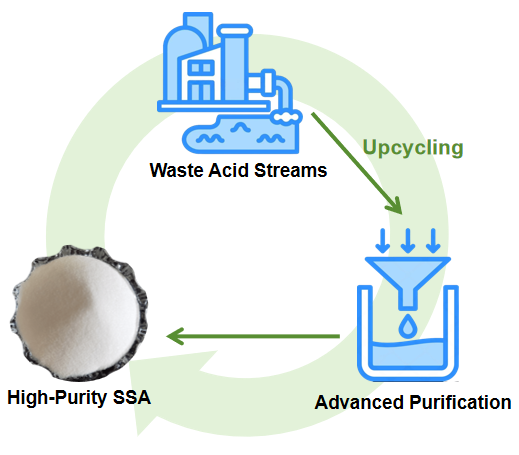
Strategic Advantages: Beyond Environmental Benefits
Choosing sustainable SSA delivers multidimensional value that extends beyond carbon reduction:
Traceable Sourcing
Our sustainable SSA begins with carefully selected industrial waste streams from reputable manufacturing partners. This ensures full traceability and consistent composition, establishing a robust foundation for product quality and eliminating sourcing uncertainties.
Manufacturing Consistency
Advanced purification and crystallization technologies managed through automated process controls ensure exceptional consistency in both chemical specifications and physical characteristics. This batch-to-batch uniformity translates directly into manufacturing reliability, reducing process variations and enhancing end-product quality.
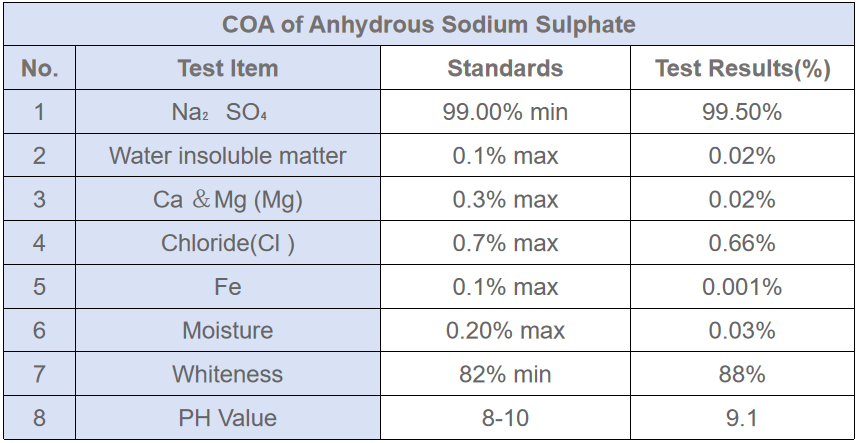
Regulatory Compliance
Our production methodology inherently minimizes the presence of regulated substances, providing inherent compliance advantages. Comprehensive third-party testing delivers verified compliance data that supports customers’ regulatory submissions across global markets.
Life Cycle Perspective: Comprehensive Environmental Advantages
A complete environmental assessment reveals SSA’s significant advantages over alternatives like Sodium Sulfate Decahydrate. The decahydrate form contains over 44% water of crystallization, meaning nearly half of every shipment consists of water molecules. This results in inefficient transportation, with substantial fuel consumption dedicated to moving water rather than active ingredient.
SSA’s 100% active ingredient concentration maximizes transportation efficiency, minimizing carbon emissions per unit of functional material delivered. The compact nature reduces packaging requirements, decreases storage space needs, and optimizes logistics operations throughout the supply chain.
While production phase energy requirements must be considered, holistic cradle-to-grave assessment consistently demonstrates that SSA represents the more sustainable option when all environmental factors are properly accounted for.
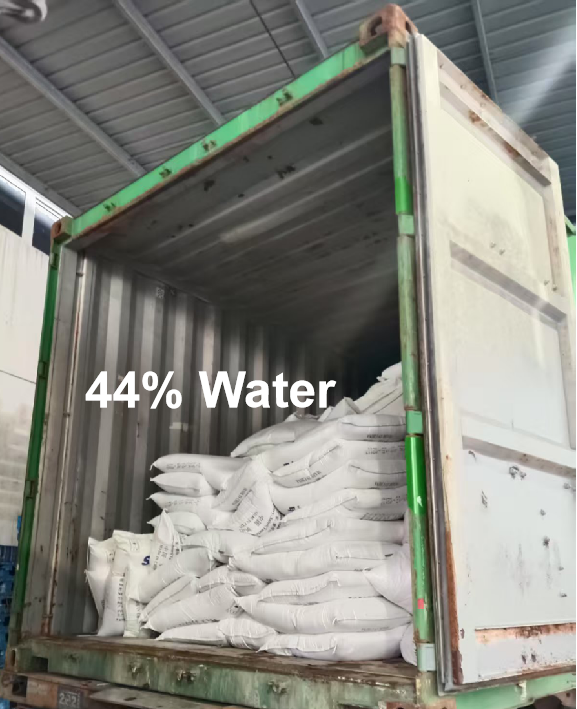
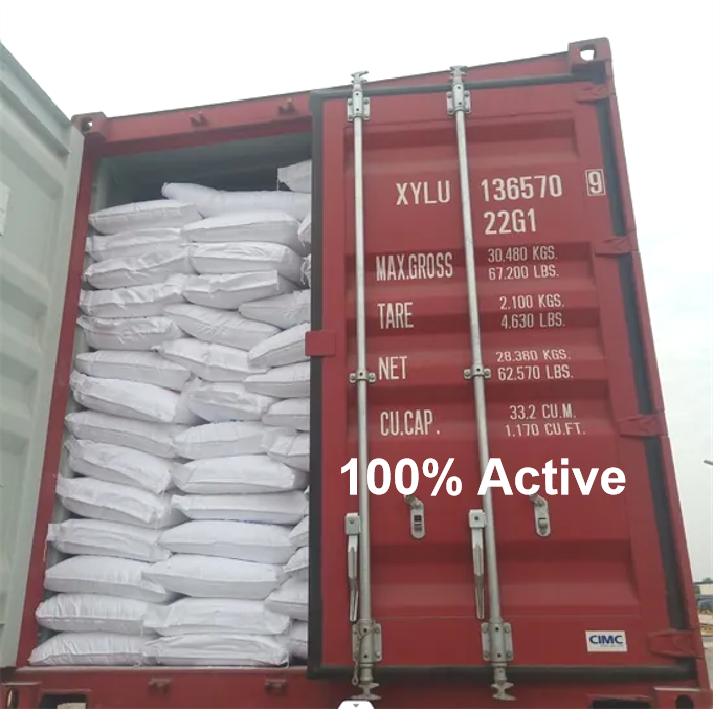
Our Commitment: Measurable Sustainability Goals
We maintain transparency through clear, verifiable environmental targets:
Reducing carbon emissions per ton of product by 20% by 2030 (2020 baseline)
Prioritizing renewable energy sources in new production facilities
Implementing advanced water management strategies with closed-loop systems
These commitments ensure continuous improvement and verifiable progress toward sustainable manufacturing.
Conclusion: Strategic Partnership for Sustainable Transformation
Selecting an SSA supplier has evolved into a strategic decision that reflects your organization’s environmental commitments. By choosing our circular economy-based SSA, you directly address Scope 3 emissions while enhancing supply chain reliability and regulatory compliance.
The business case for sustainable SSA strengthens as regulatory frameworks evolve and market preferences shift toward environmentally responsible supply chains. Companies adopting green chemistry solutions position themselves for competitive advantage while demonstrating genuine environmental responsibility.
We invite you to explore how our sustainable SSA solutions can advance your sustainability objectives while maintaining the quality and reliability your operations require. Contact us to discuss your specific needs and discover the measurable benefits of sustainable SSA procurement.

